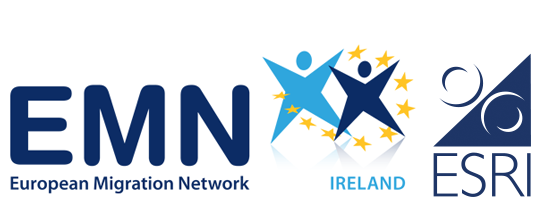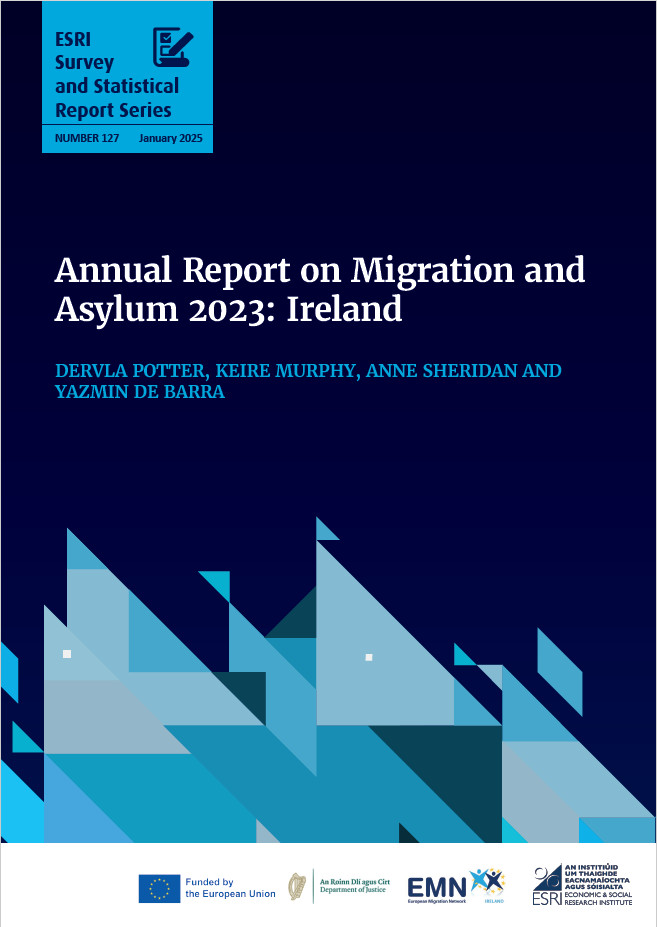The Annual Report on Migration and Asylum 2023: Ireland provides an overview of the latest data as well as policy and operational developments, research, and case law from 2023. This report is a comprehensive reference that gives an opportunity to view the entire migration landscape in Ireland.
Residence permits
There has been a 24% increase in all valid residence permits (which are issued to non-EEA citizens, excluding beneficiaries of temporary protection from Ukraine) in 2023. 30% of these are for employment, 21% for education, 19% for family, 27% for other reasons, and 3% for international protection. The overall increase in all valid permits is not reflected in first permits issued, which increased by only 3% in 2023. 45% of first residence permits issued were for education reasons, and 27% for employment.
Employment permits
By contrast, employment permits issued in 2023 decreased by 29% from 2022, although at just under 31,000 the number issued is still high compared with previous trends and reflects the important role non-EEA labour migration plays in filling labour market shortages. The most common sectors for employment permits were health and social work activities (32%) and information and communication activities (16%).
Temporary protection
Almost 34,000 PPSNs were allocated to arrivals from Ukraine in 2023, almost half the 2022 figure (around 67,000). Similar to 2022, women made up 48% of arrivals, and children 28%.
International protection
Although applications in 2023 reduced by 3% in 2023, challenges with processing capacity led to 21,850 applications pending at the International Protection Office (IPO) at the end of the year, a 47% increase compared with 2022. This was despite a 90% increase in decisions made by the IPO.
The need for increased capacity to decide on appeals was clear from the report, with a threefold increase in appeals in 2023. While decisions in the Tribunal increased by 22% and median processing time reduced to 5.5 months from 10.2 months, the scale of the increase in appeals taken meant that there were 359% more applications on hand at the end of 2023 than in 2022.
Reception and integration
The continued international protection flows also led to challenges with reception accommodation. The number of people in International Protection Accommodation Service (IPAS) at the end of the year increased by 42% in 2023, and over 2,000 applicants were not offered accommodation on arrival. Several related legal cases taken in 2023 are summarised in the report.
However, efforts continued to be made to progress implementation of the White Paper to End Direct Provision, including inspections by the Health Information and Quality Authority of IPAS accommodation centres. The introduction of local authority integration teams, and funding for Children and Young People Services Committees and family support practitioners to support international protection applicants represented significant progress in supports for those living in IPAS accommodation.
This year’s report presents basic statistics on migrant integration for the first time, complementing the more in-depth ESRI Monitoring Report on Integration series. It highlights considerably higher educational attainment among non-EU migrants than either Irish-born or EU migrants. All three groups show a ten-year high in employment rates, with a significant increase in non-EU migrants in particular. However, the At Risk of Poverty and Social Exclusion rate was 25% for non-EU migrants, higher than both EU and Irish-born populations (both 17%), although this has been trending downwards since 2013.
See Also:
Annual Report on Migration and Asylum 2023: EMN Synthesis


